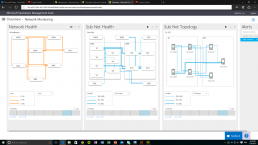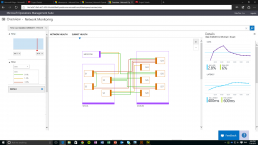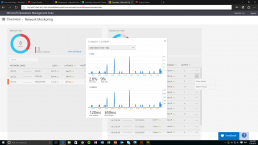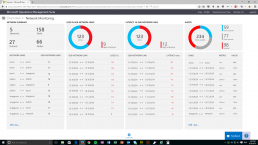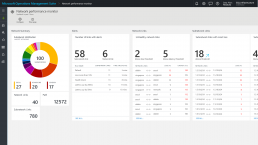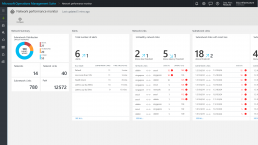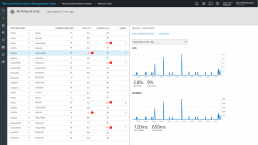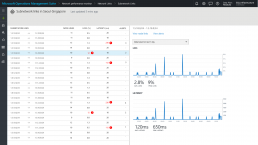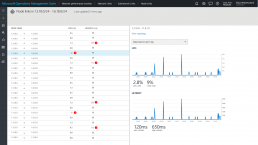Microsoft
Company
UX Designer
Role
2016
Year
Network Performance Monitor was one of the solutions running on the log analytics platform called OMS (Operations Management Suite). Network Performance Monitor gives network admins real-time monitoring and control of network performance and helps localize network faults. As a designer on the team, my role was to build the solution from the ground up, integrate it with an existing but limited framework and provide a solution that will enable users to monitor, localize faults and configure their networks.
The domain of network monitoring was a challenging experience in terms of being highly technical and an enterprise market space. As my first steps towards building this product, I wanted to learn about and empathize with the user, a network administrator. I partnered with my product manager and interviewed few users from both internal and client sites, to understand the day-to-day work of a network administrator. I also dived deep into the subject of networking and learning how a network functions.

By doing this initial research, I was able to identify the key tasks that the product needed to deliver to its users. These three tasks were:
As my first steps, I started by brainstorming and whiteboarding sessions, with my product manager to identify all need to have features and good to have features of this product. I also collaborated with my developer team, as they were subject experts and would time and again enlighten me with the existing technology and capabilities of our product. That helped me learn more about the subject and think like the user.
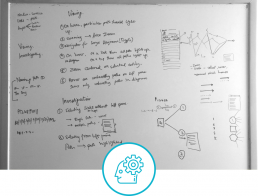
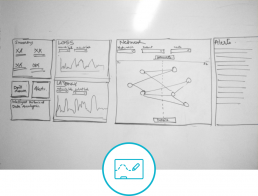
The other challenge was working with an existing but limited framework. The product was part of a larger set of solutions built on top of Microsoft's log analytics platform, Operation Management Suite or OMS. The challenge here was that OMS itself was a fairly new and limited product and the existing OMS framework was only built for log-analytics based solutions, that didn’t support some key components that were required to create the best user experience.

I started with envisioning the product to have an immersive and interactive interface, which would help network admins to have a clear idea of their network and drill down to faults. But the more I started working with the OMS framework and the remote OMS team, I started to understand the limitations. This partnership with the OMS team, helped me to use the framework to its full extent, pulling components from other solutions, but also in pushing the framework and creating new components, that were later adopted by other teams.
The final product was able to deliver the key functions that would be useful to end user, but also stay close to the OMS ecosystem and also share all it had to offer with the ecosystem.
